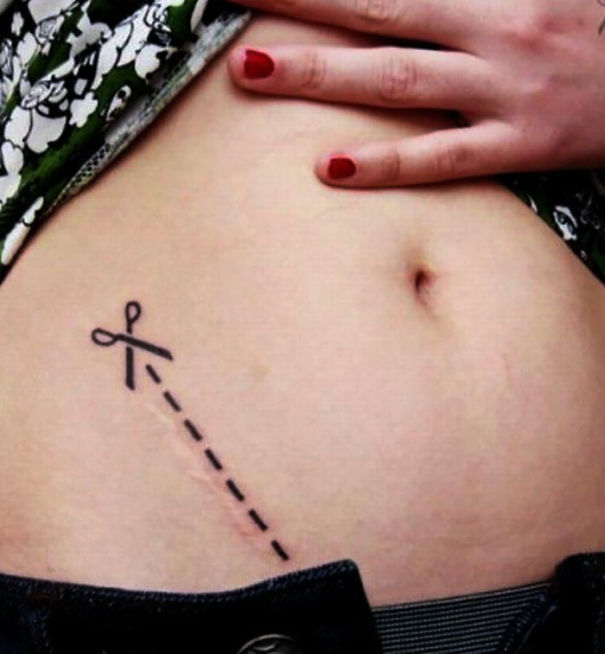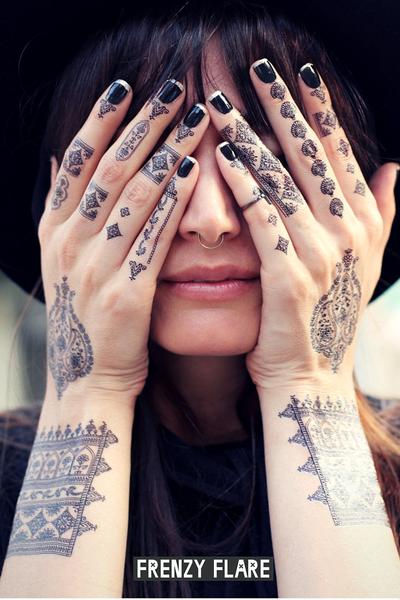We’ve all made choices we wish we could change — and tattoos are no exception. Maybe you’ve outgrown an old design, broken up with someone whose name you once inked, or simply want something more modern. The good news? In 2025, cover-up tattoos have evolved into an art form of their own. With new pigments, technology, and creative techniques, you can turn unwanted ink into something you love again. This guide explains everything about modern tattoo cover-ups: how they work, what’s possible, and what to expect before, during, and after your transformation.
1. What Is a Cover-Up Tattoo?
A cover-up tattoo is a new design created to conceal an old tattoo. Instead of removing the existing ink, your artist uses darker colors, shading, and strategic placement to make the previous design disappear under new art. Modern cover-ups don’t just hide mistakes — they reinvent them.
- Outdated designs can be reimagined with new styles.
- Names or text can be incorporated into abstract or floral patterns.
- Faded tattoos can serve as the foundation for new artwork.
2. How Cover-Ups Have Improved in 2025
Cover-up techniques are far more advanced than they were even five years ago. Today’s artists have access to:
- High-density pigments: Modern inks provide stronger coverage with fewer layers.
- AI design tools: Artists can digitally simulate how the cover-up will look before starting.
- Laser fading: Partial laser sessions are now common to lighten old tattoos, giving artists more creative freedom.
- Improved healing films: These protect fresh cover-ups, helping the new ink settle evenly.
3. When Should You Consider a Cover-Up?
Here are common reasons women opt for a cover-up in 2025:
- An old tattoo no longer reflects who you are.
- A name or symbol from a past relationship you’d rather move on from.
- Faded or low-quality tattoos from inexperienced artists.
- Aesthetic upgrades — replacing simple designs with complex art.
Whatever your reason, cover-ups can be empowering — a symbolic way to take control of your body’s narrative.

4. The Process of Getting a Cover-Up Tattoo
Step 1: Consultation
Your artist will assess your old tattoo’s size, color, age, and skin condition. This helps determine the best strategy and design options.
Step 2: Design Planning
In 2025, many artists use digital overlays or augmented reality previews so you can visualize how the new tattoo will cover the old one before committing.
Step 3: Optional Laser Fading
For heavily saturated tattoos, partial laser removal might be recommended to lighten the old ink. This allows more flexibility with lighter colors and finer details in your new design.

Step 4: The Tattooing Session
Cover-up tattoos can take longer than new tattoos because they require strategic layering, shading, and color blending. Darker tones like black, blue, and deep red are common in cover-ups, but modern inks now allow for more vibrant, balanced palettes.
Step 5: Healing and Aftercare
Healing a cover-up tattoo follows the same steps as any new tattoo, though it may take slightly longer since more ink is applied. Keep it moisturized, clean, and protected from the sun.
5. Best Styles for Cover-Up Tattoos
Not every tattoo style works well for covering old ink. These are the top cover-up styles in 2025:
- Blackwork: Heavy contrast and bold shapes make it excellent for hiding previous designs.
- Neo-Traditional: Rich colors and bold outlines effectively mask old tattoos while maintaining beauty.
- Realism: Lifelike portraits or nature scenes can strategically blend shadows to hide older ink.
- Floral Designs: Petals and leaves are perfect for disguising text or abstract shapes.
- Abstract & Geometric: Lines, shapes, and shading patterns make it easy to hide and integrate previous tattoos.
6. Common Myths About Cover-Ups
- Myth: You can only use dark colors for cover-ups.
Truth: With modern ink density and fading techniques, even lighter colors can work beautifully. - Myth: You must completely erase the old tattoo first.
Truth: Laser fading is optional — many cover-ups work without it. - Myth: All tattoos can be covered easily.
Truth: Some may require multiple sessions or design adjustments, depending on color saturation and placement.
7. Choosing the Right Artist for a Cover-Up
Cover-ups require special skill and experience. When searching for an artist, consider:
- Reviewing their cover-up portfolio specifically, not just regular tattoos.
- Checking healed results — fresh tattoos may look great, but long-term coverage matters most.
- Asking about their approach to blending and layering.
- Ensuring they’re comfortable reworking older or faded designs.
In 2025, many artists specialize solely in transformation work — blending artistic creativity with restoration skill.
8. What to Expect During Healing
Since cover-ups deposit more ink into the skin, healing may involve:
- Longer healing times (up to 4 weeks).
- More noticeable peeling or dryness.
- Possible touch-ups after the first session for perfect blending.
Follow your artist’s aftercare instructions closely. Use fragrance-free, tattoo-safe balms and avoid scratching or over-moisturizing.
9. Alternatives to Cover-Ups
If you’re unsure about a full cover-up, 2025 offers other options:
- Laser removal: Ideal for those who want a clean slate or plan a lighter new design.
- Redesign integration: Keep elements of your old tattoo and rework them into a modern version.
- Whitening pigments: Some artists use white ink layers to tone down dark designs before applying color.
10. Emotional Impact of Cover-Up Tattoos
Cover-ups aren’t just physical transformations — they’re emotional ones. Many women describe them as symbolic “new chapters.” Replacing a past memory or symbol with something empowering can be incredibly healing. In fact, mental health experts acknowledge tattoos as a form of self-expression therapy in 2025, particularly when reclaiming body ownership through art.
Frequently Asked Questions
Can every tattoo be covered up?
Most can, but extremely dark or large tattoos may need fading first. Consult an experienced artist to assess what’s possible.
How long should I wait before covering an old tattoo?
Wait until your original tattoo is fully healed — at least 6 months — before attempting a cover-up.
Is a cover-up more painful than a new tattoo?
It can be slightly more uncomfortable due to layered ink and longer sessions, but it’s generally manageable with proper breaks.
Will the old tattoo show through?
With professional design and correct color application, the old tattoo should be completely hidden once healed.
How much does a cover-up tattoo cost in 2025?
Expect to pay 20–40% more than a regular tattoo due to the complexity of design and extra time required. Prices vary from $300–$1,500 depending on size and style.
Conclusion
Cover-up tattoos in 2025 are more than just corrections — they’re reinventions. With improved inks, digital previews, and skilled artists, you can turn outdated or unwanted tattoos into works of art that truly represent who you are today. Whether it’s covering an ex’s name or refreshing a faded piece, a modern cover-up lets you take control of your story again — one line of ink at a time.


